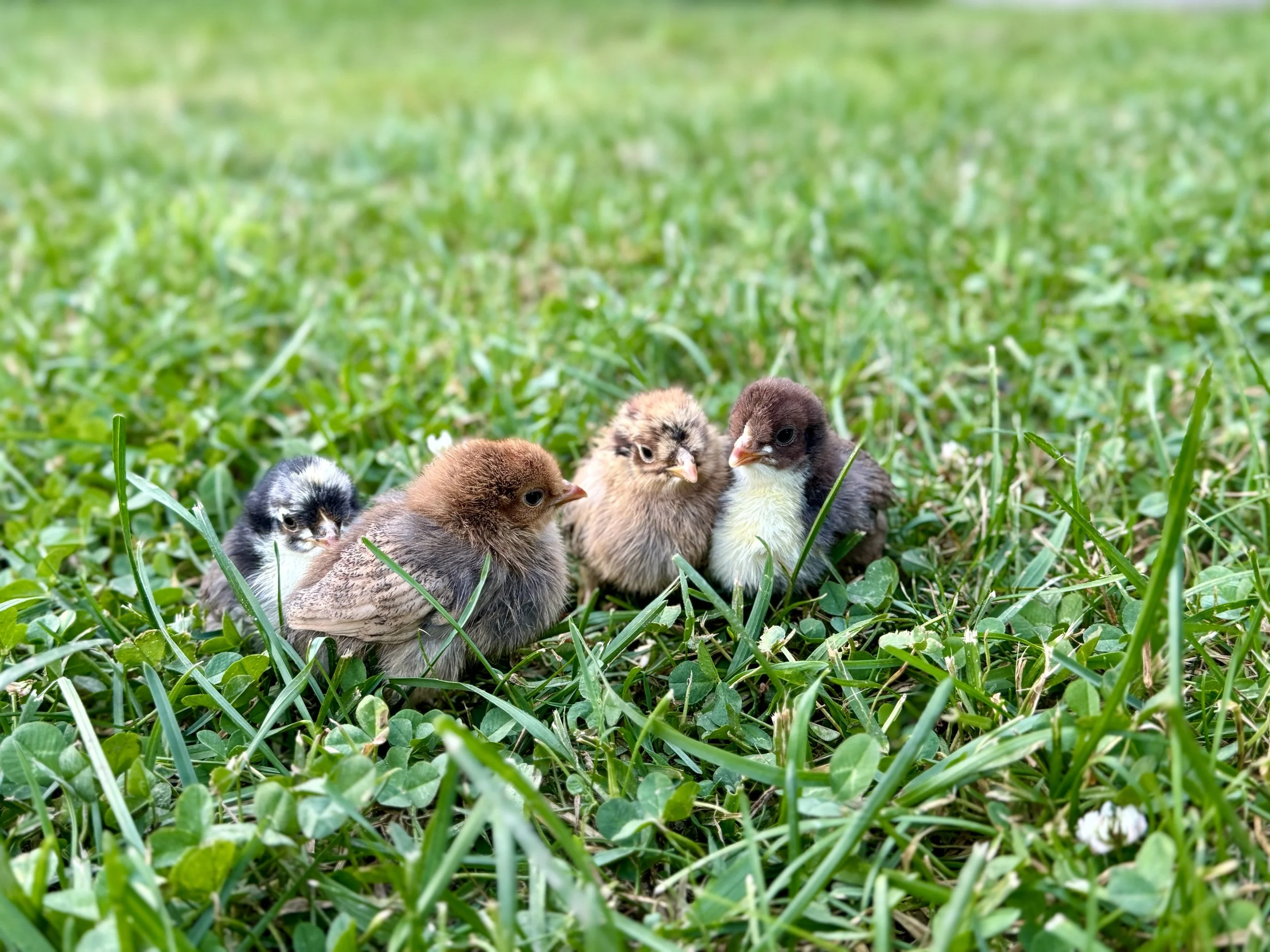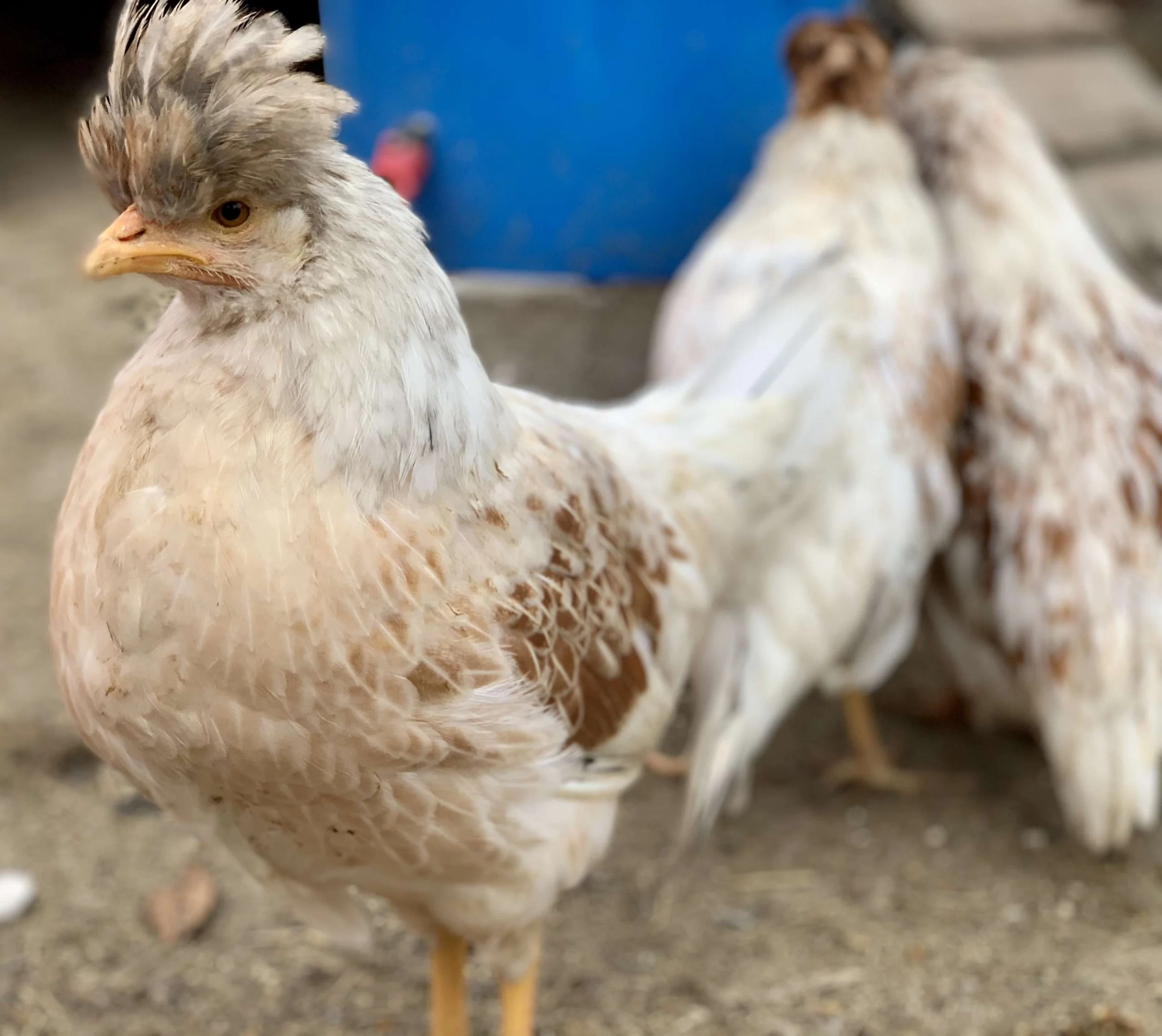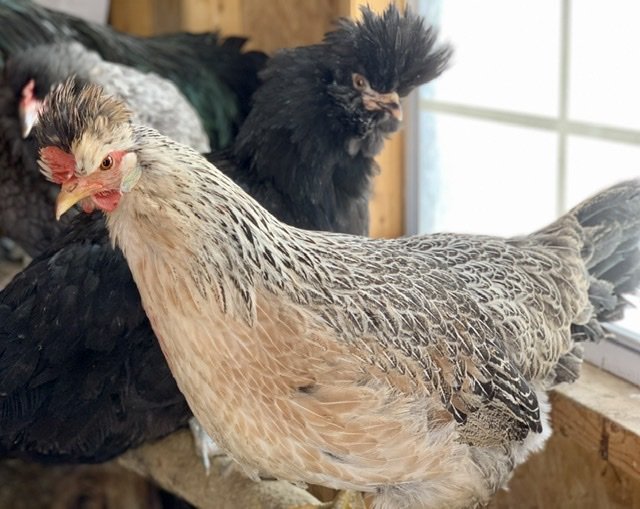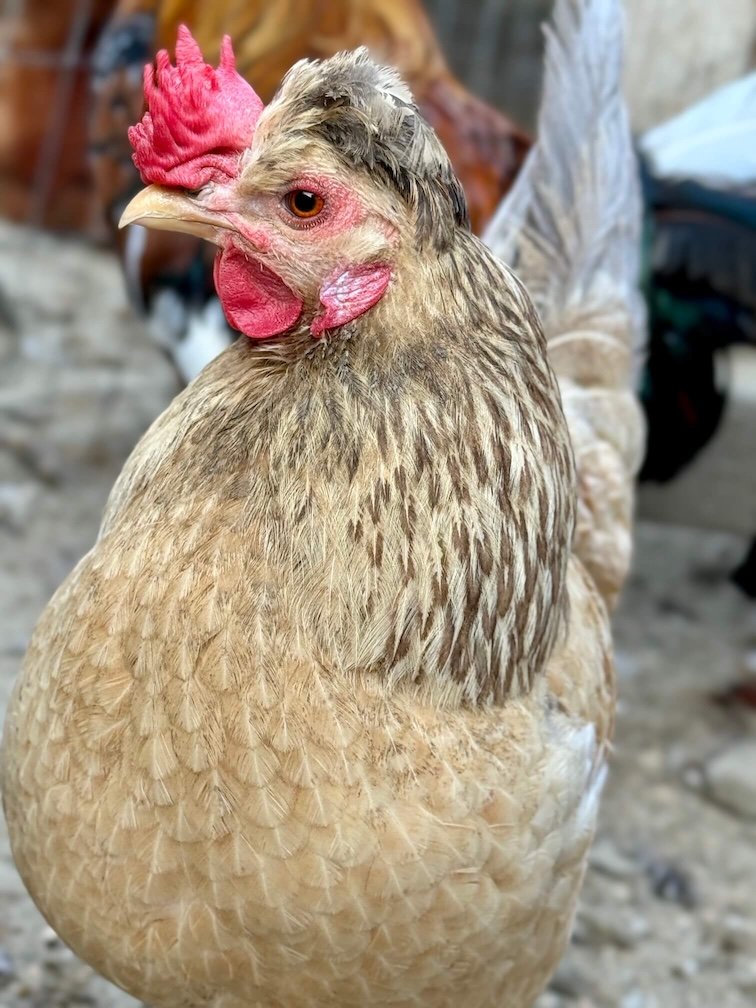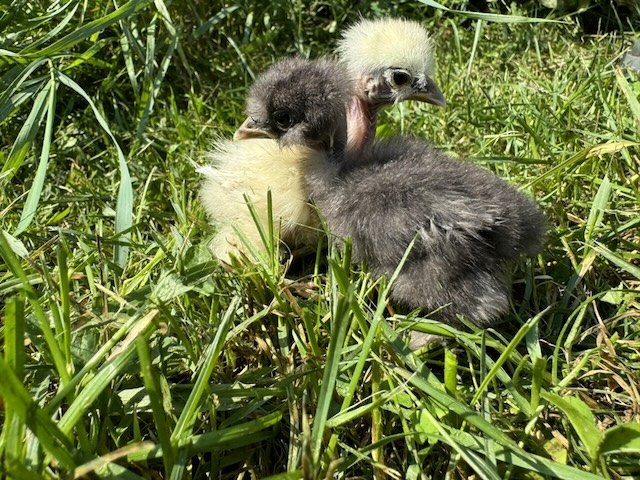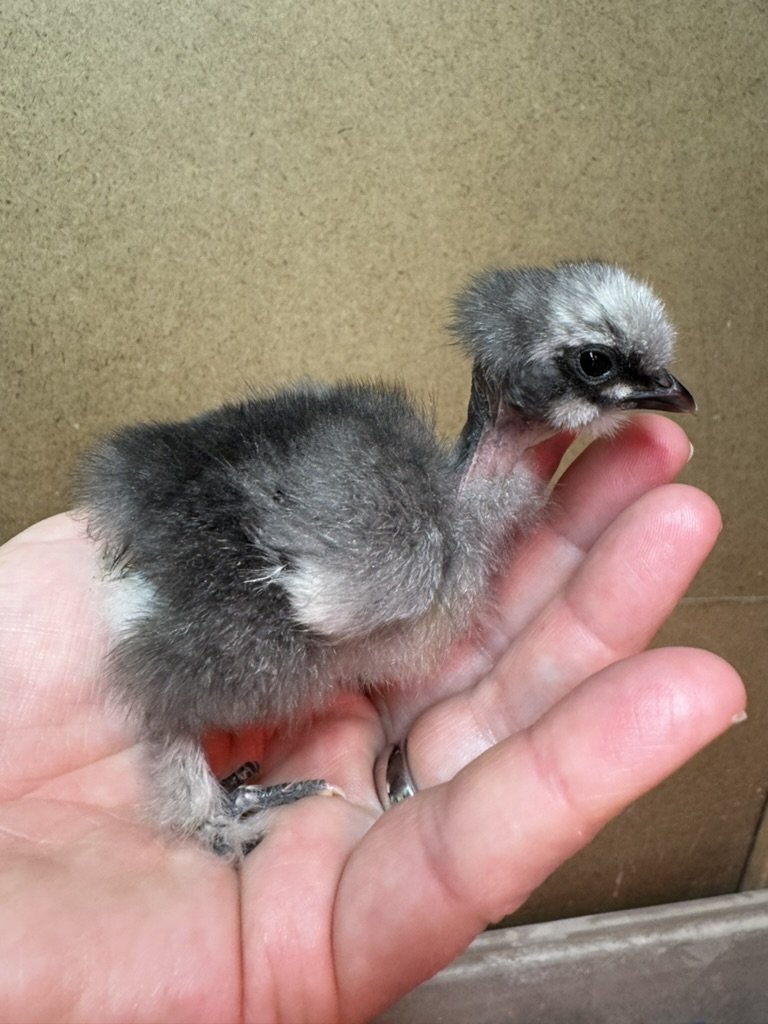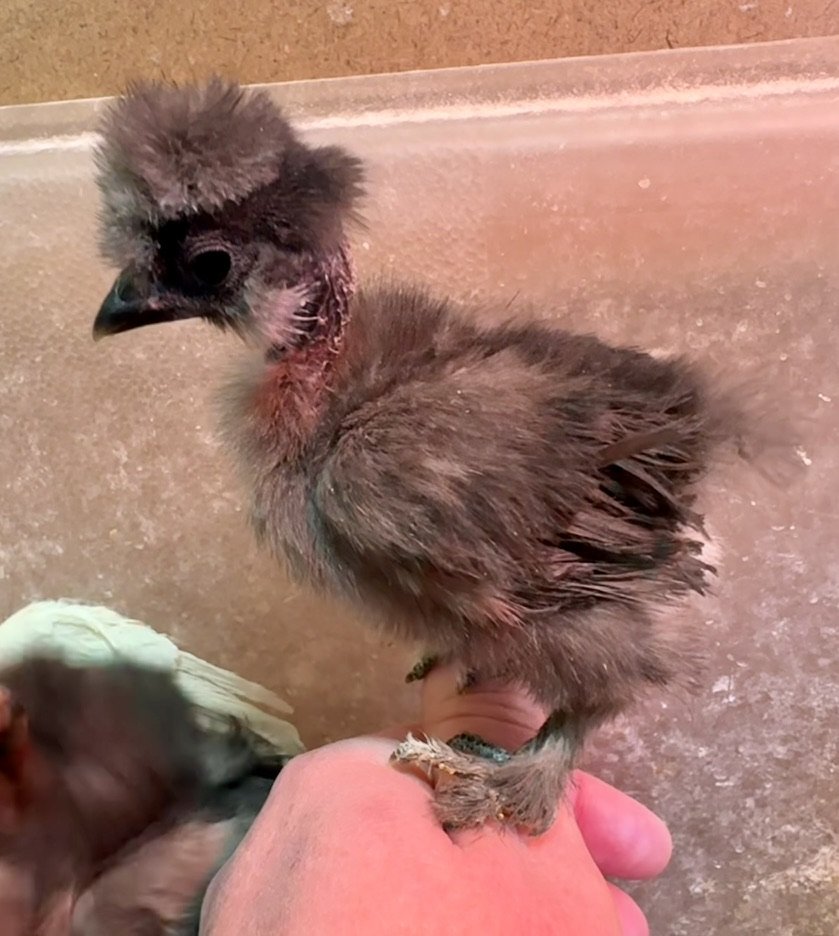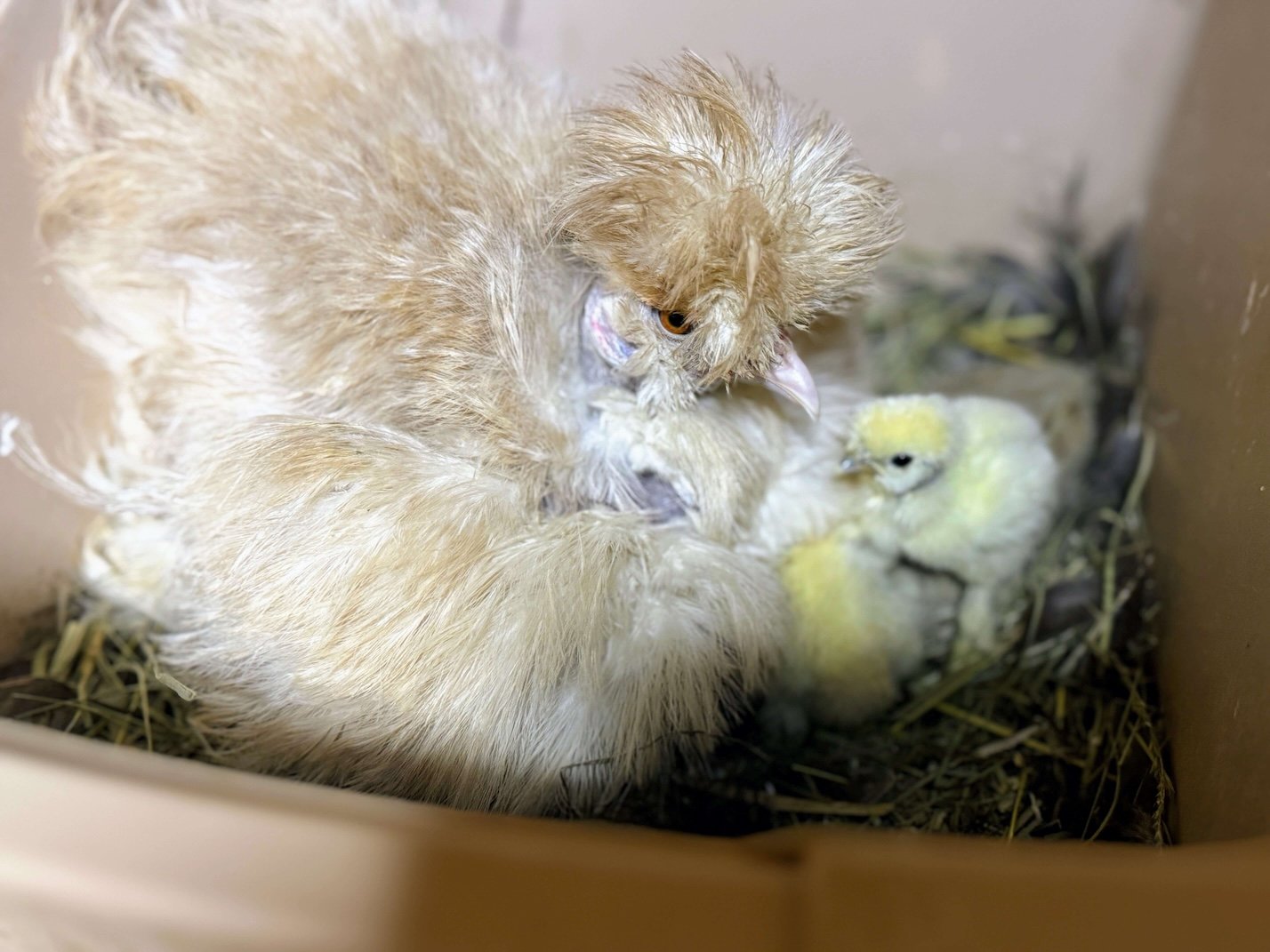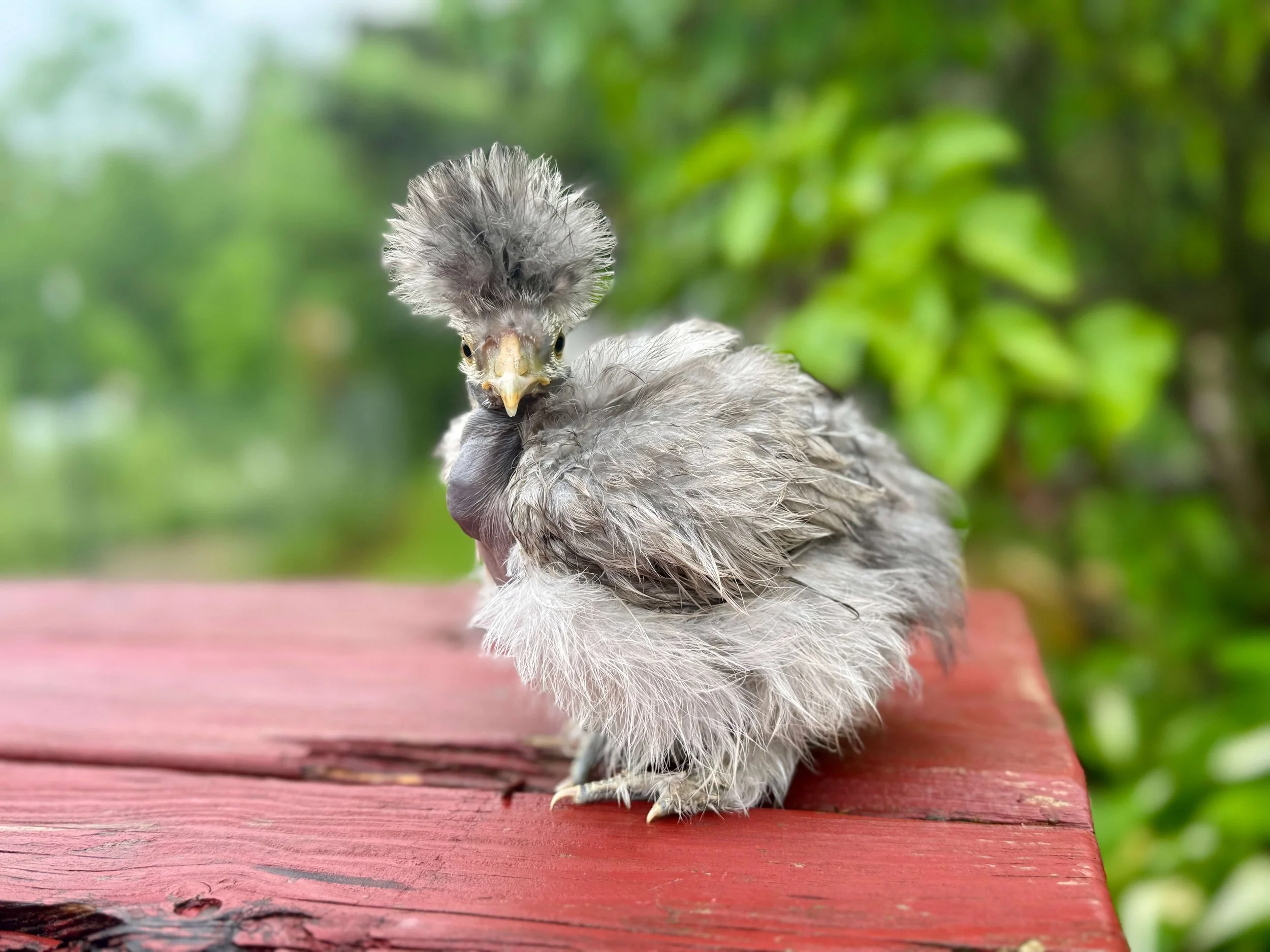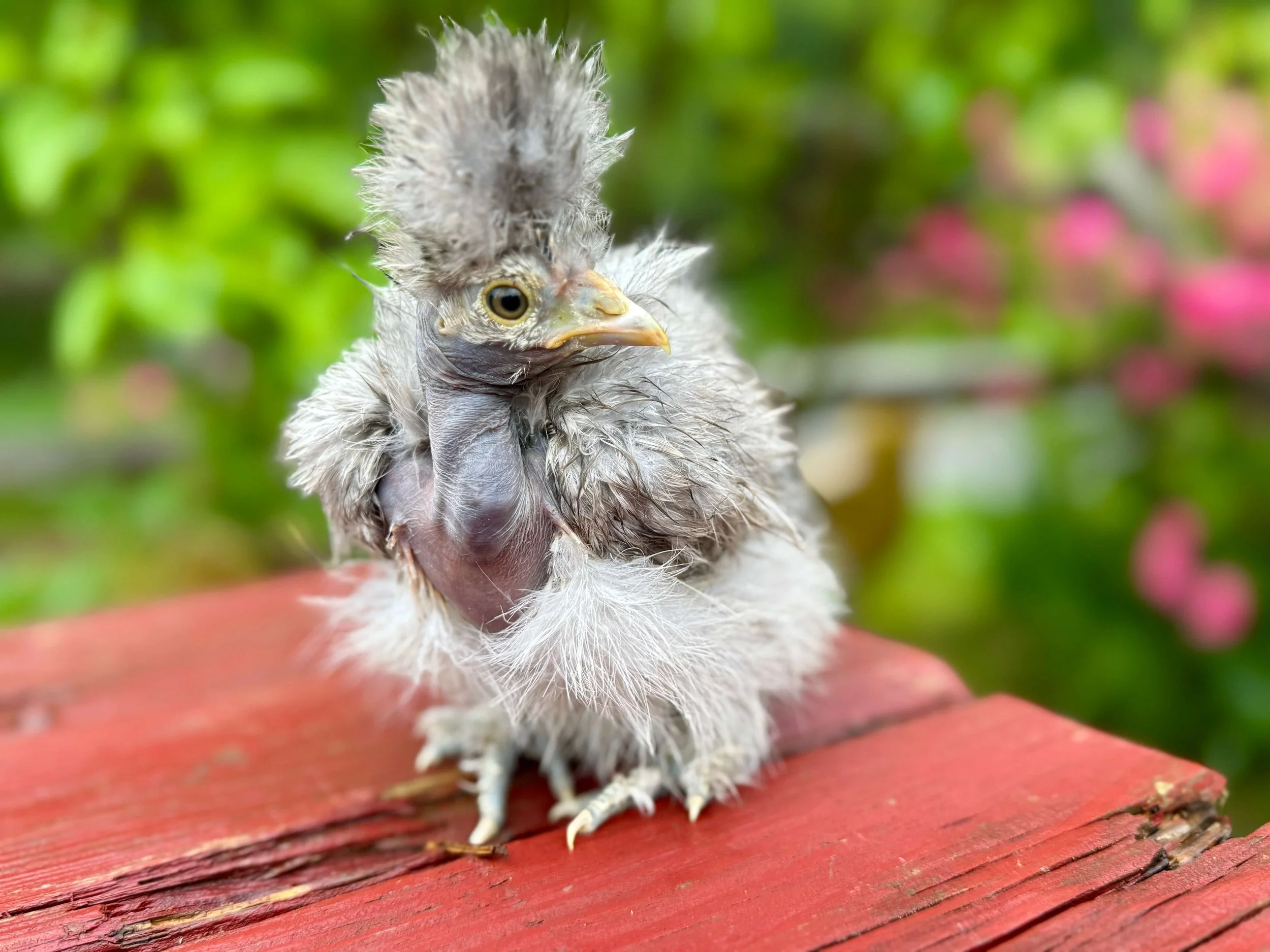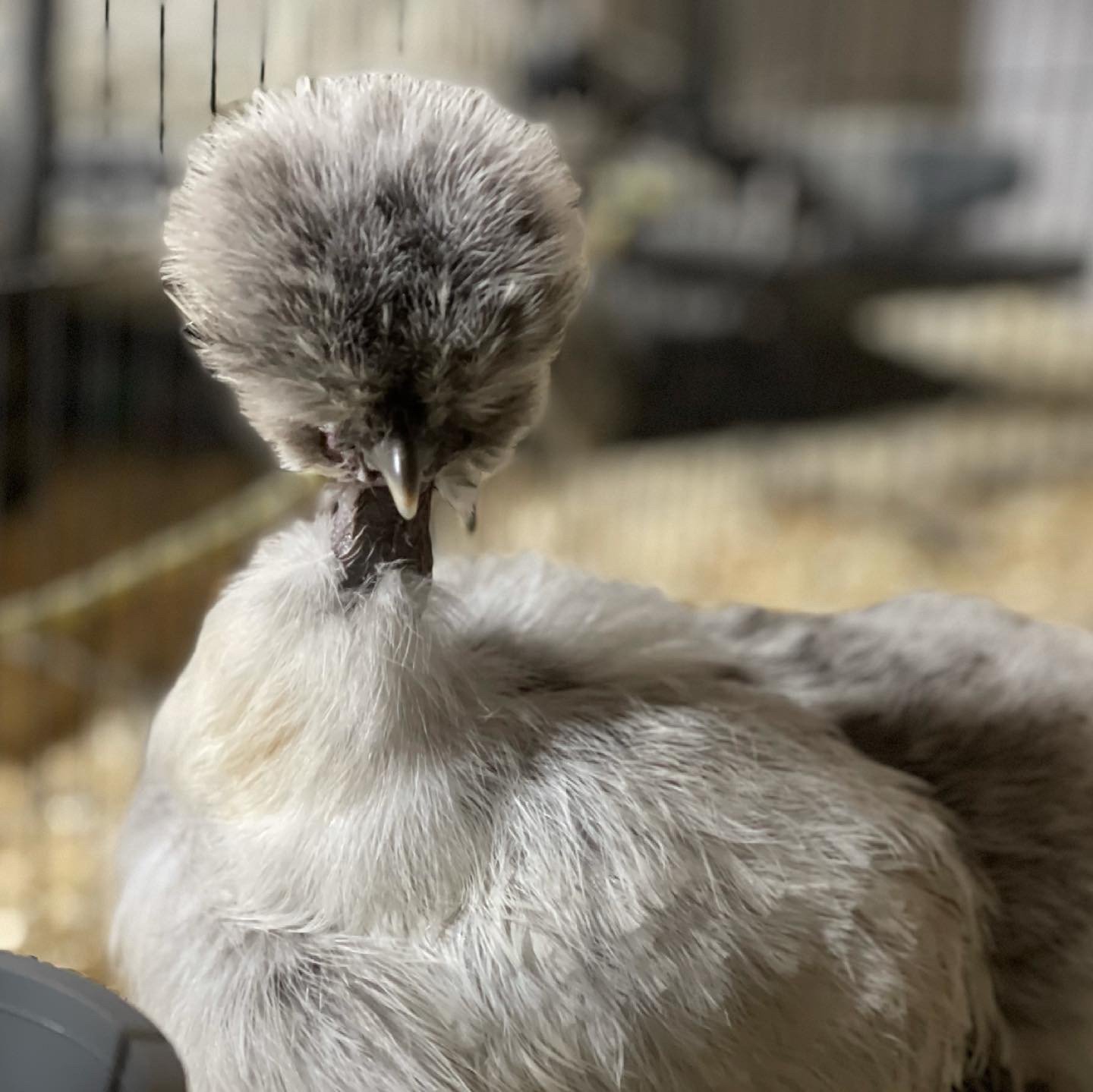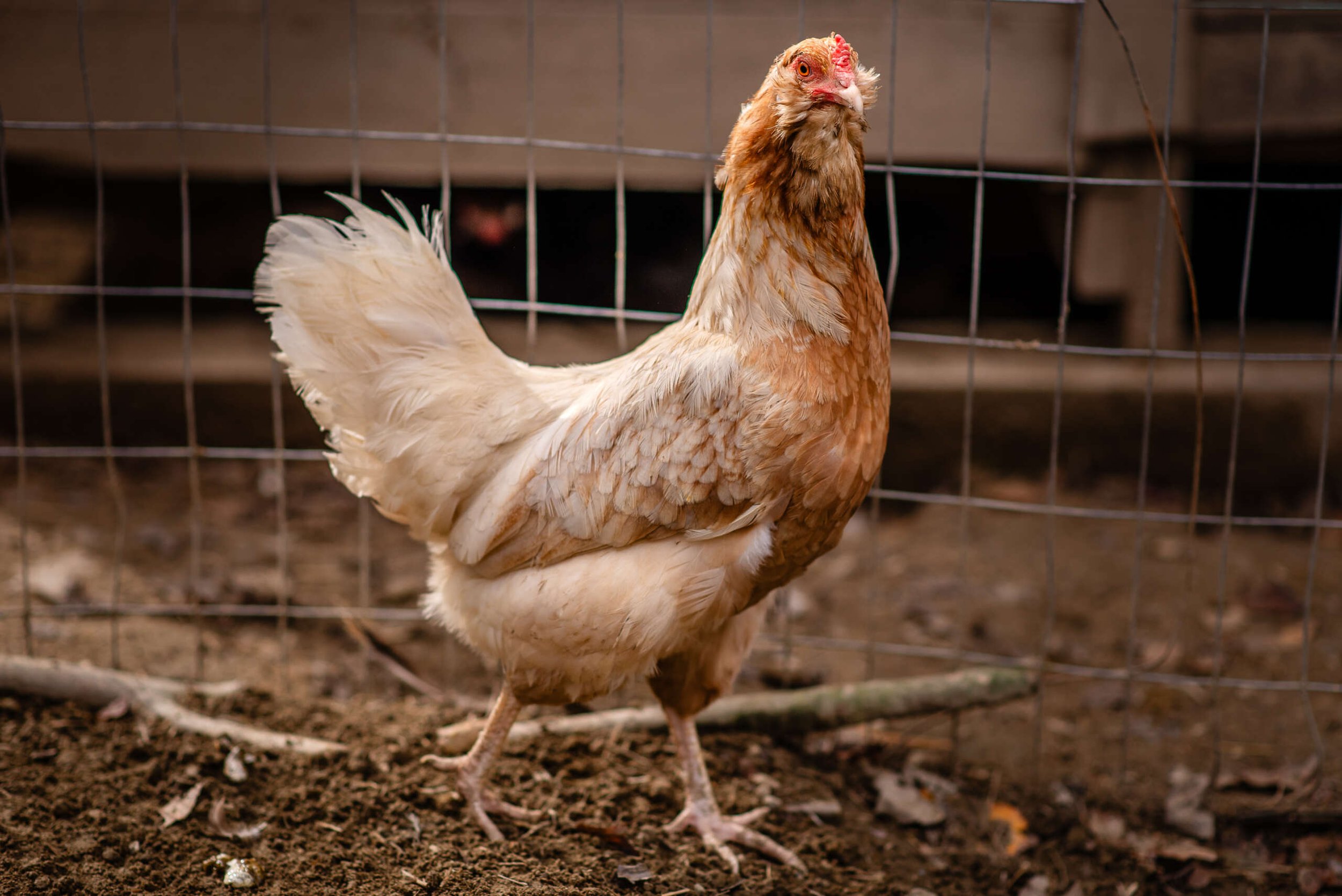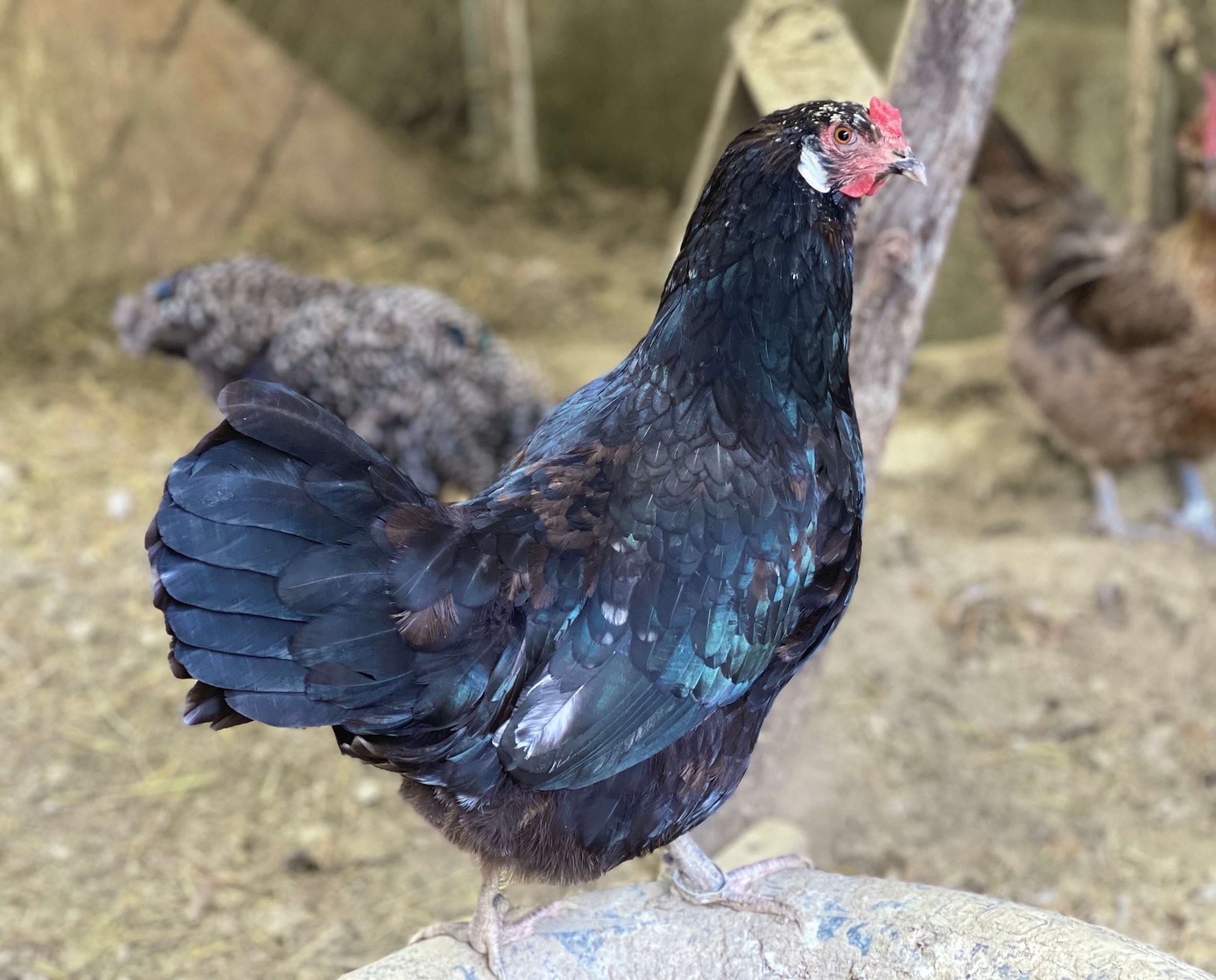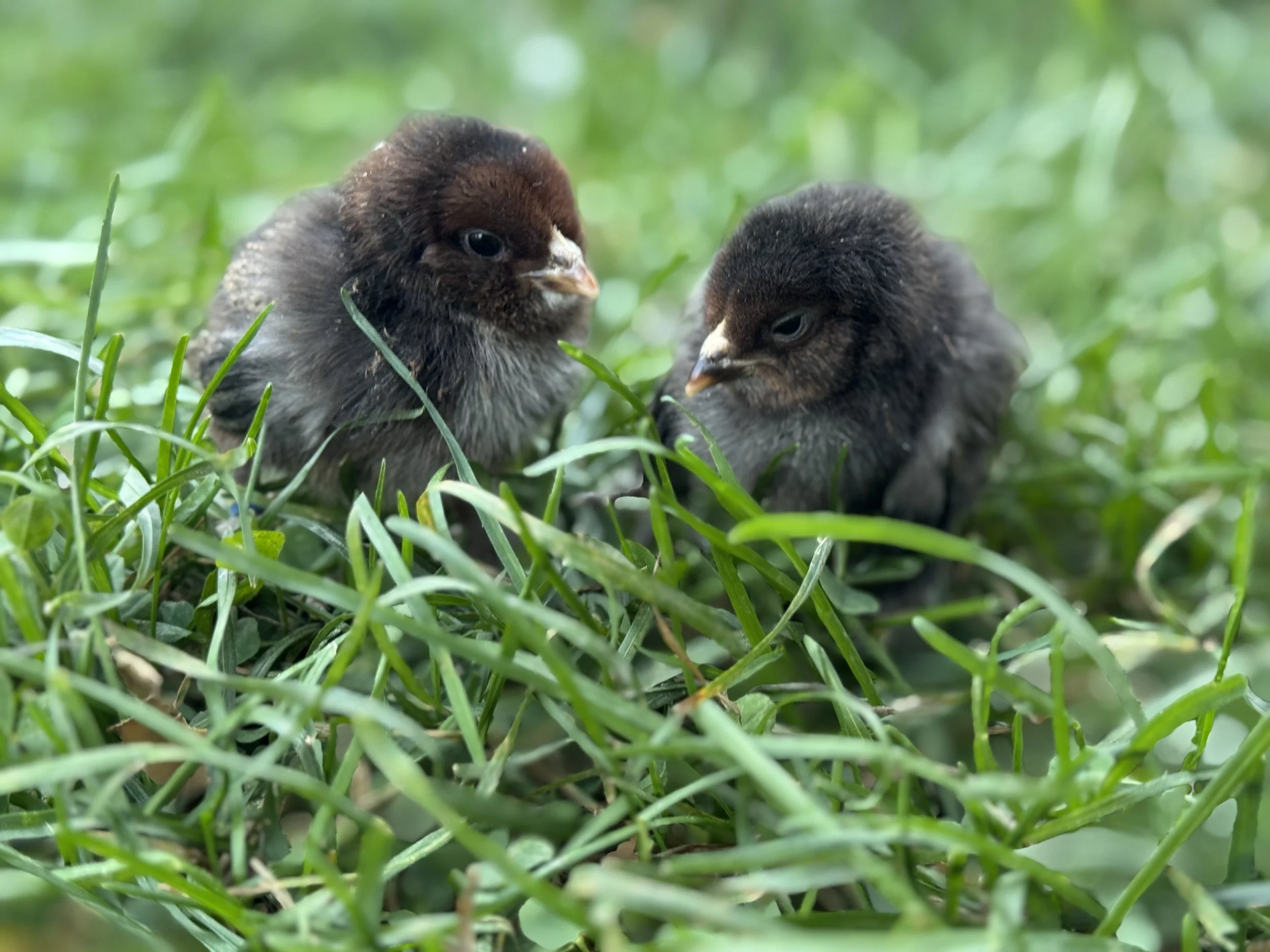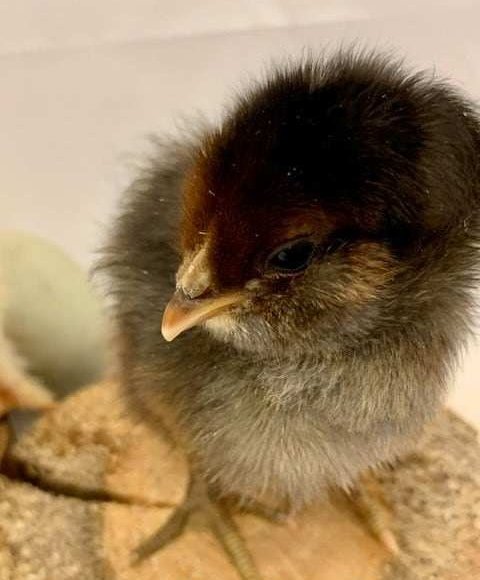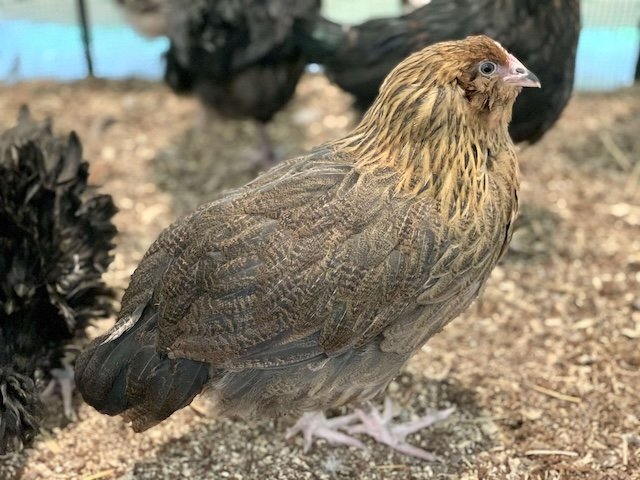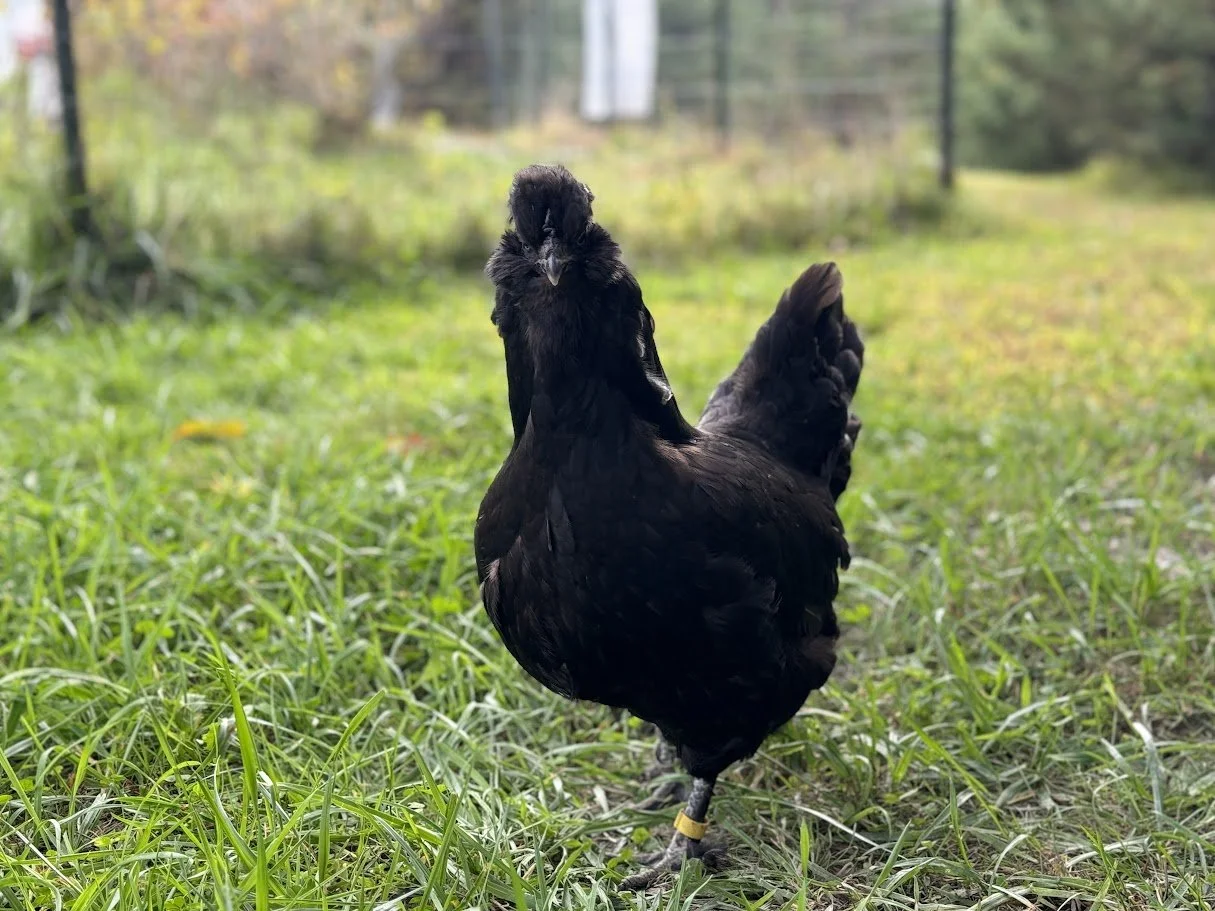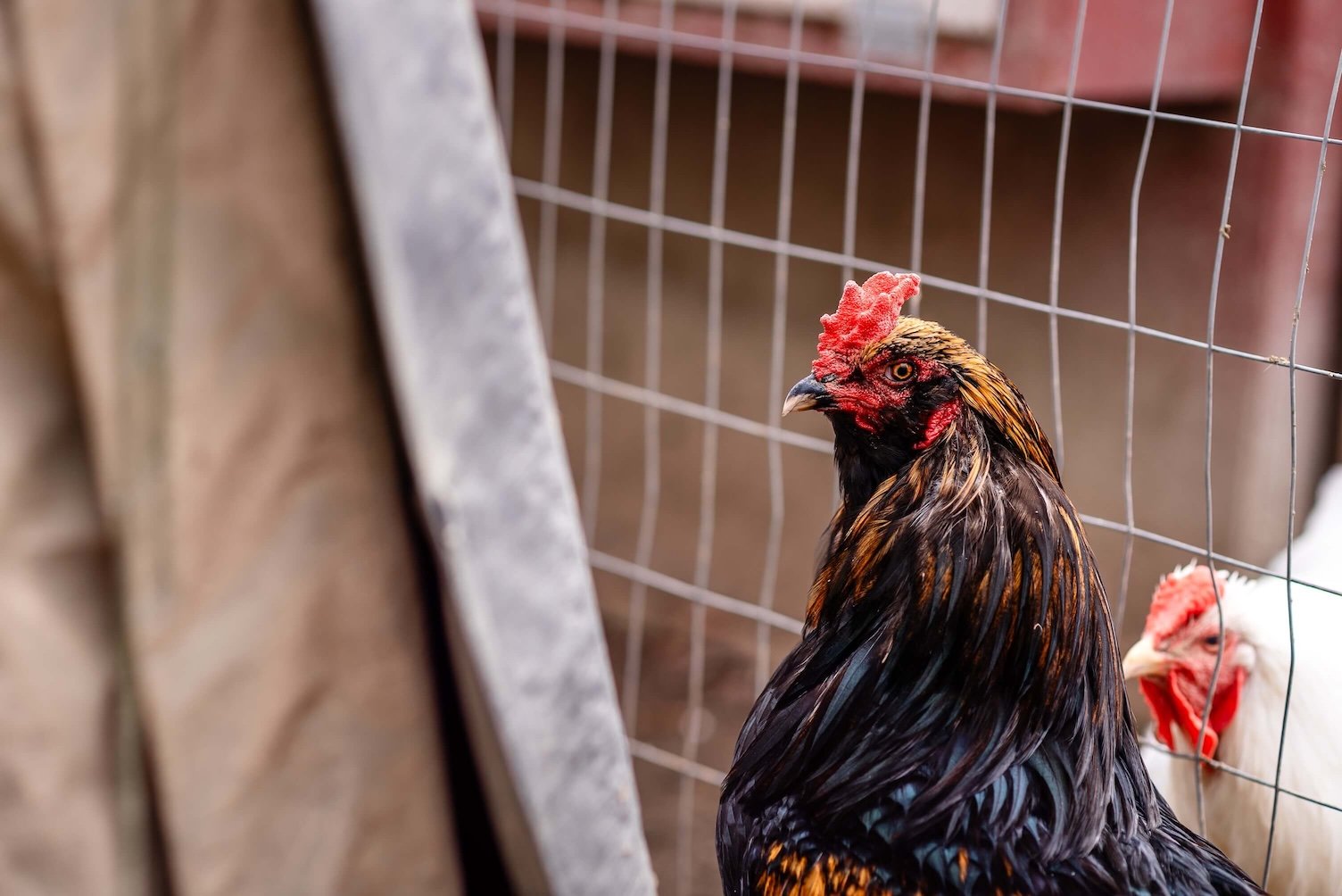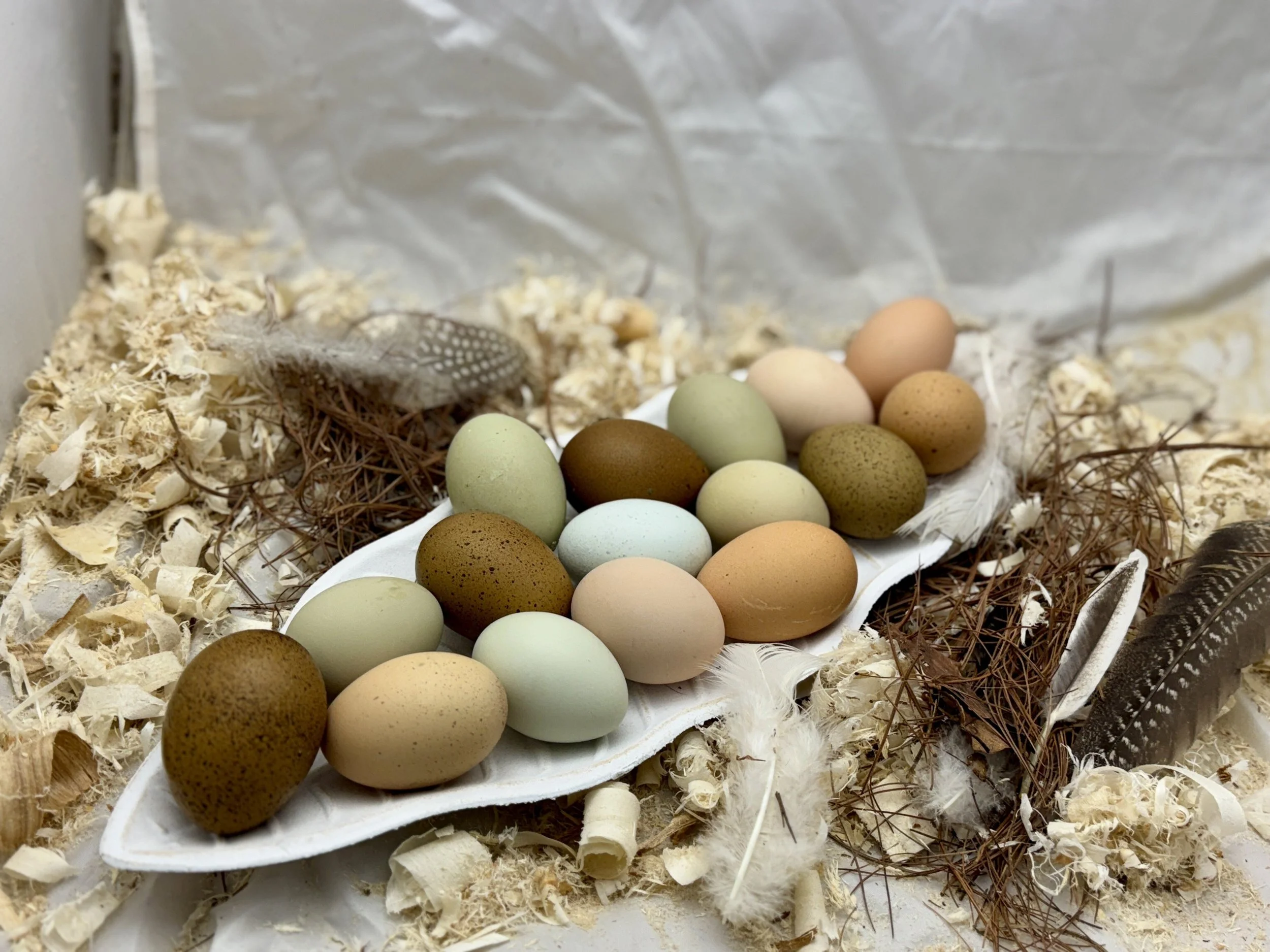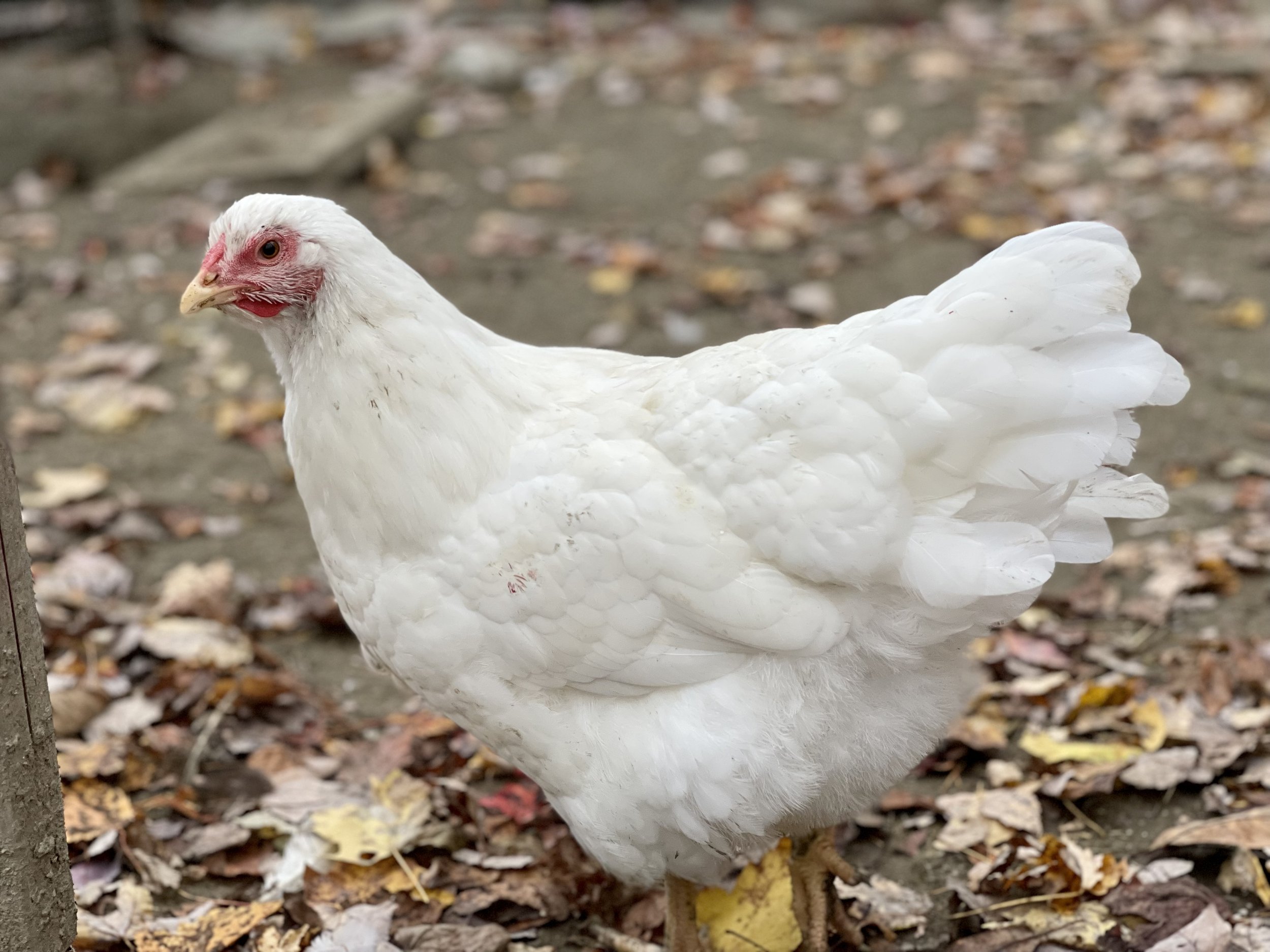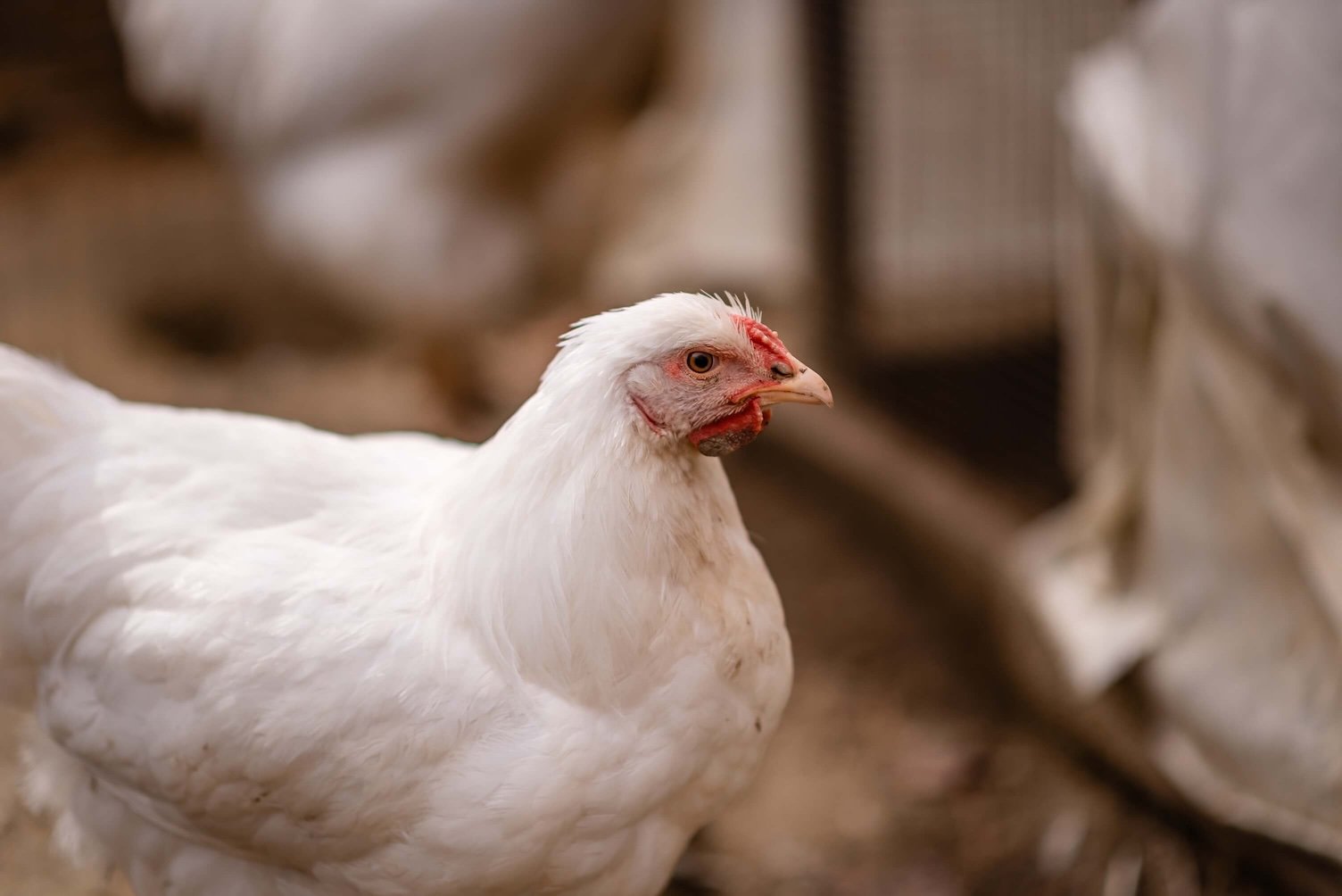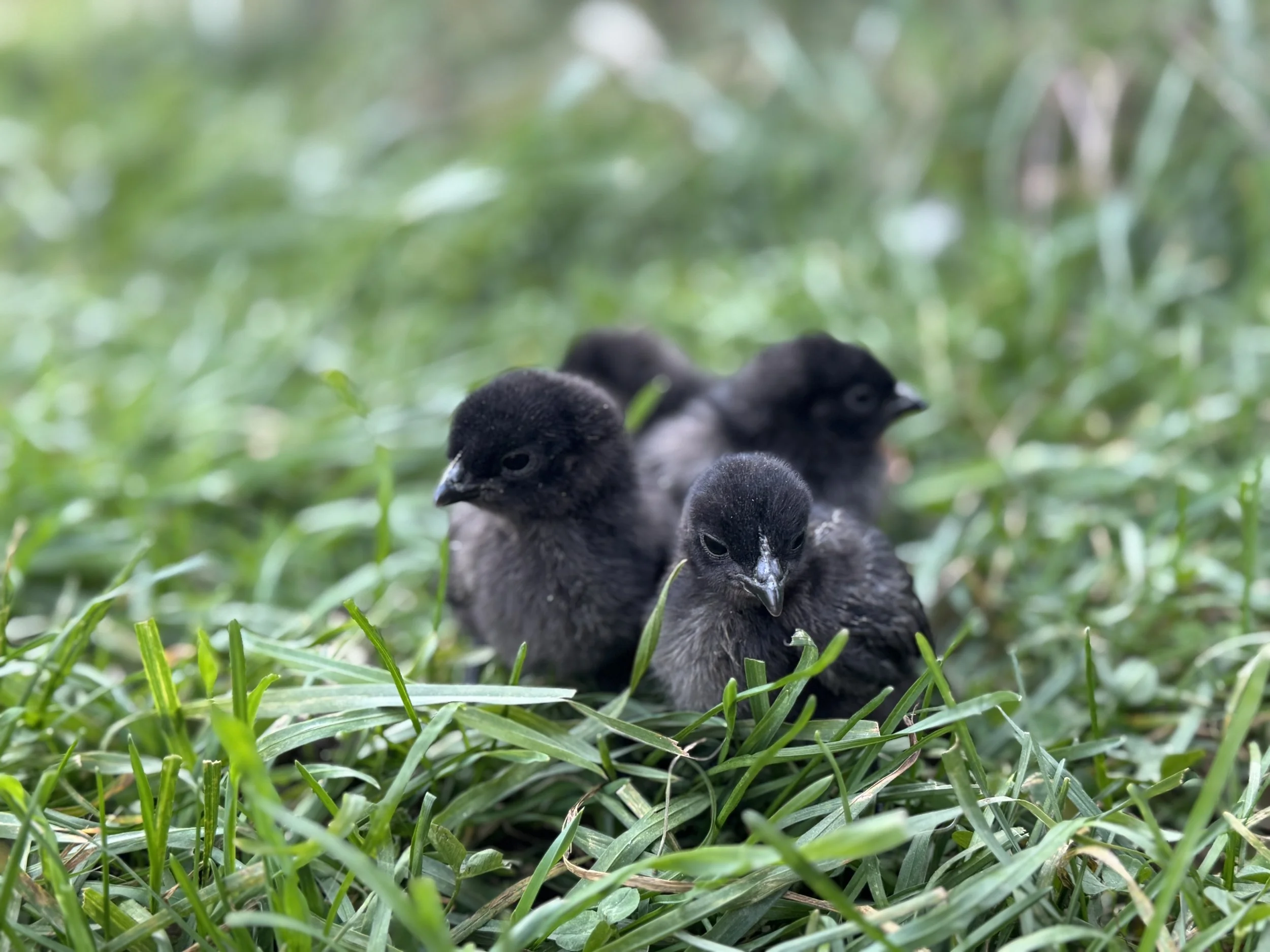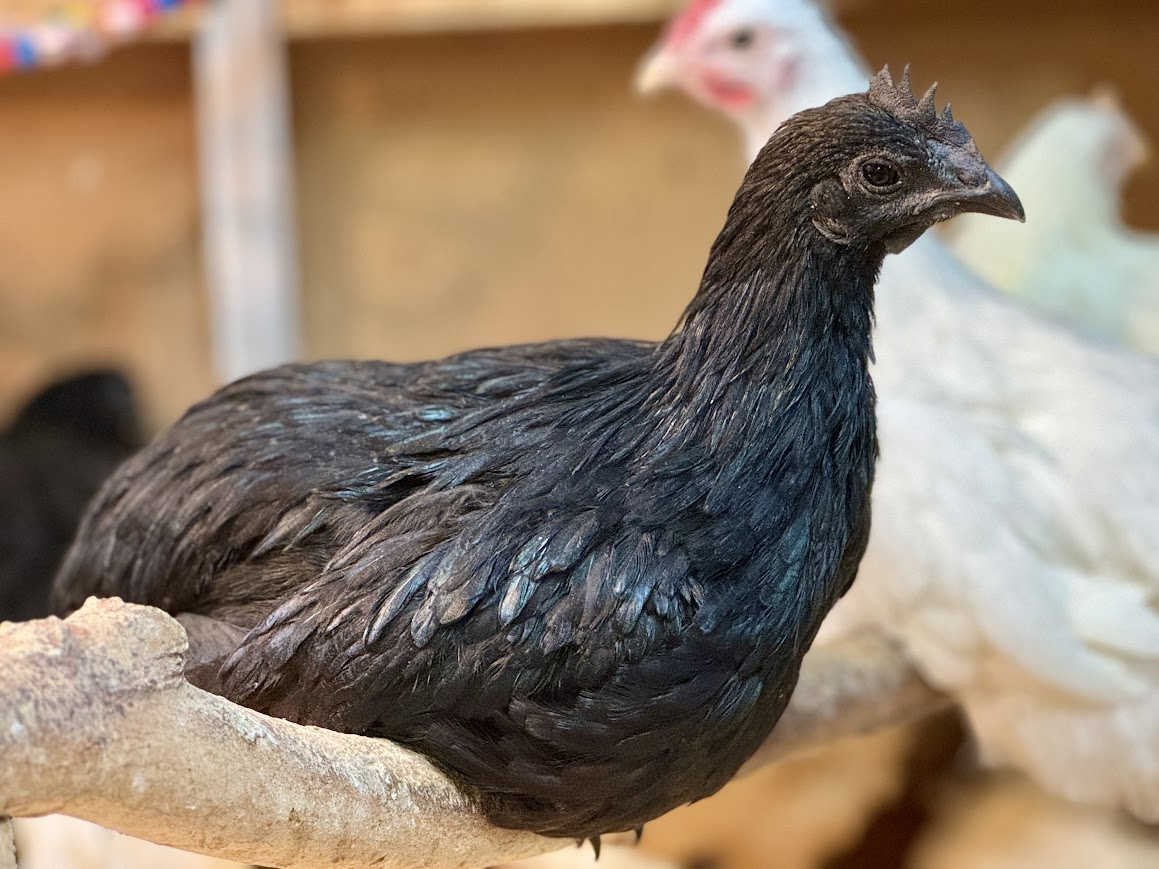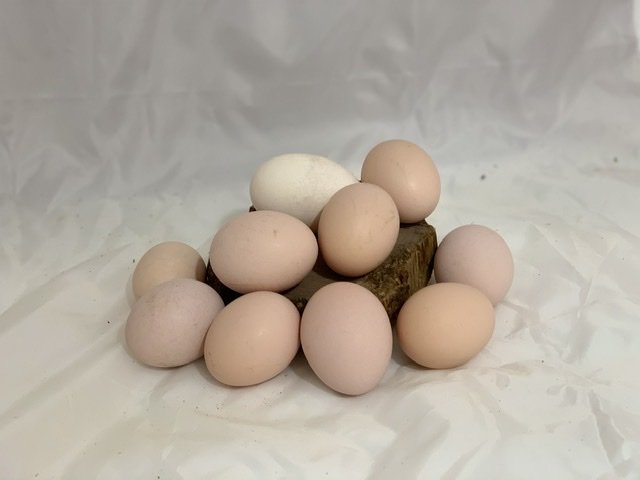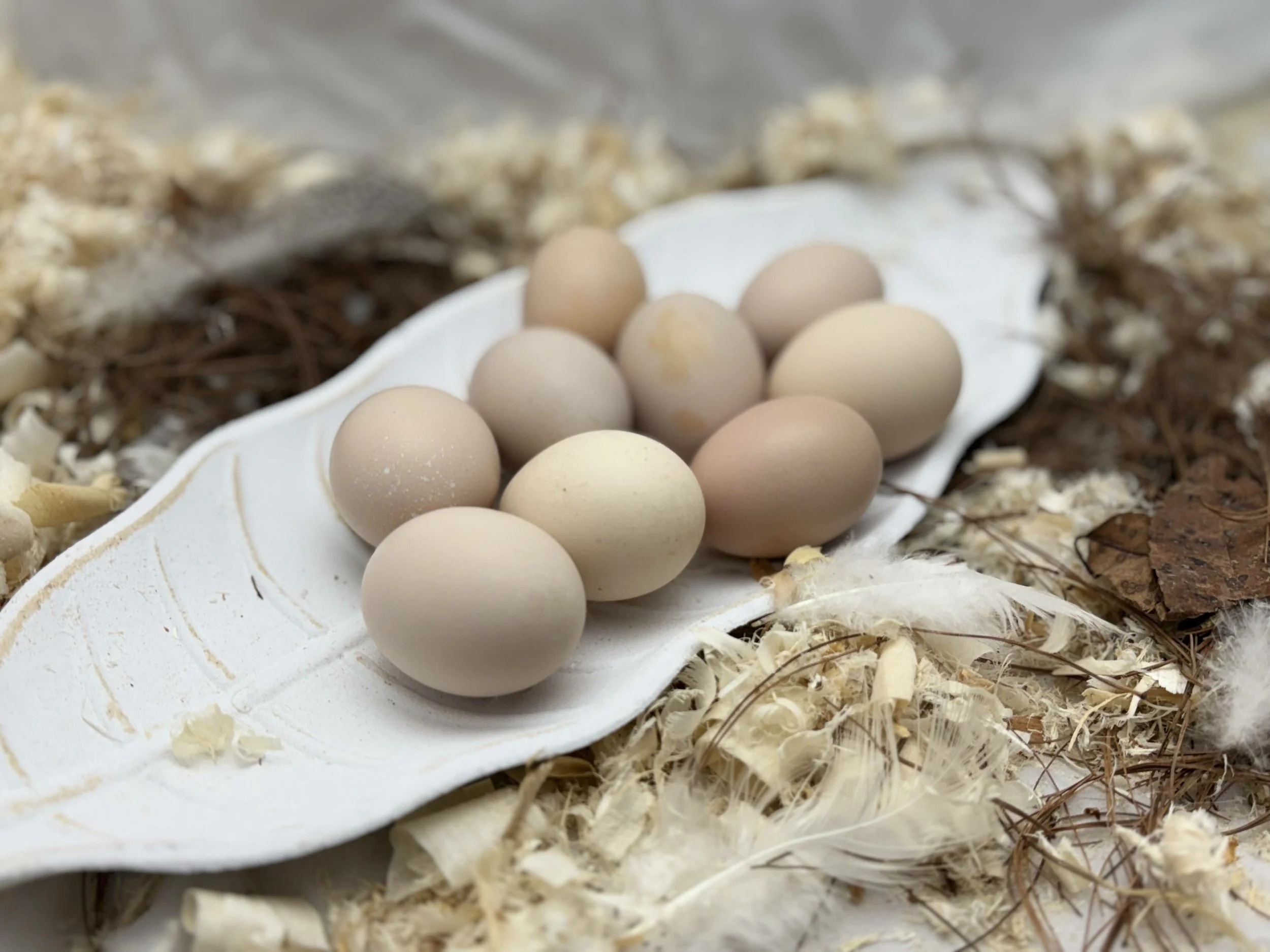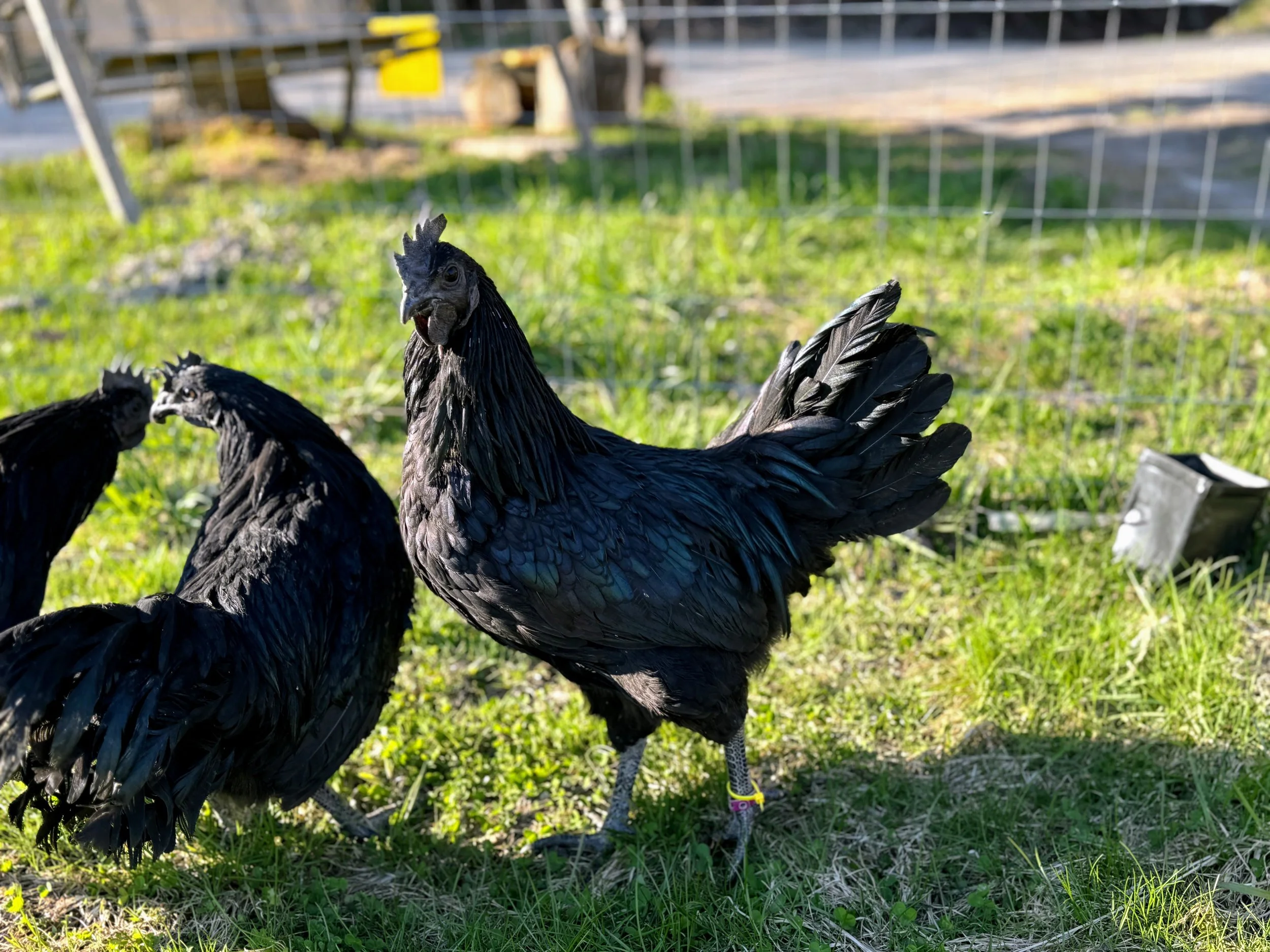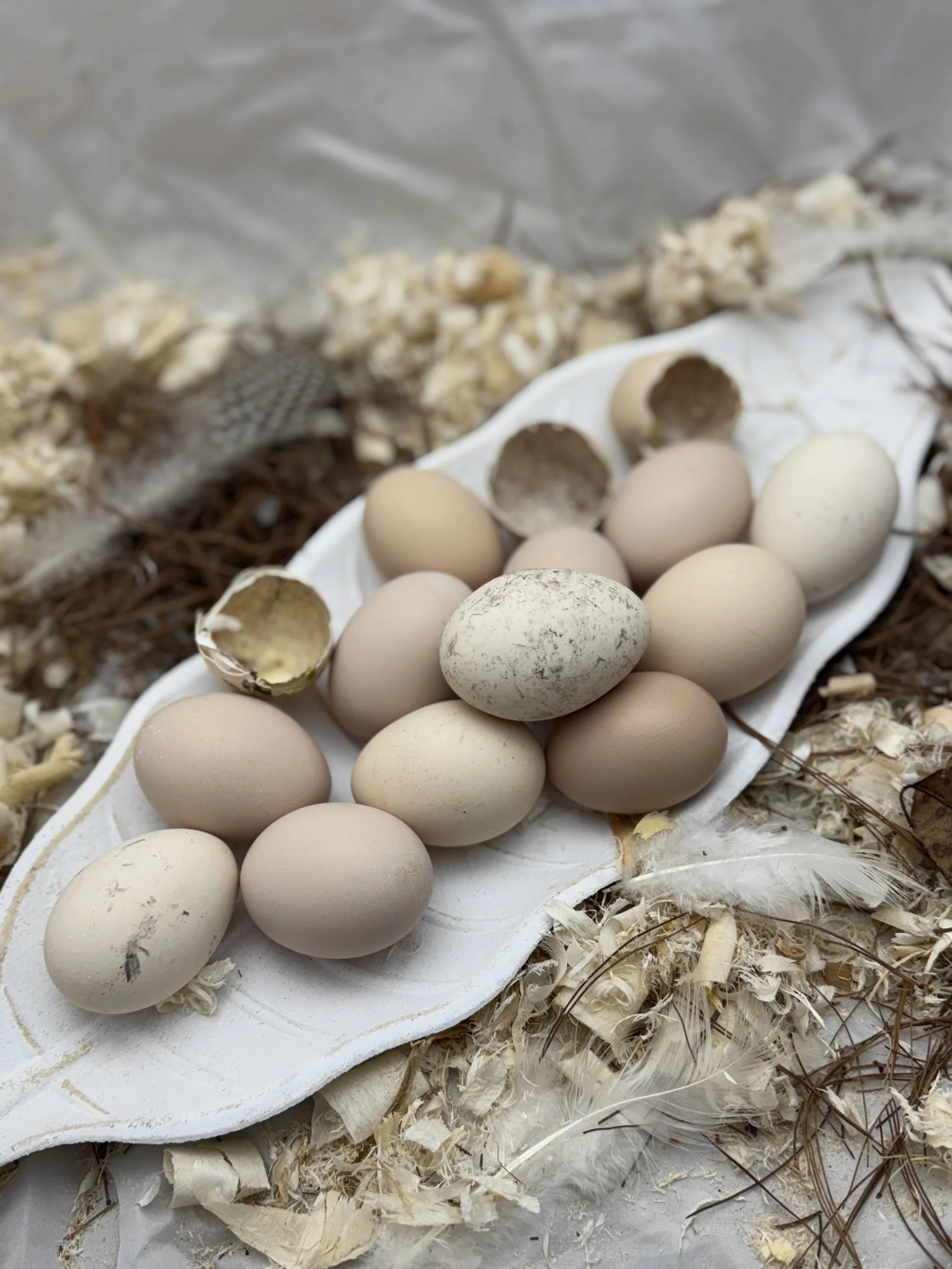-
Icelandic chicks are the beginning of a living legacy—vibrant, weather-wise birds that flourish outdoors on pasture and roam freely. Like their adult counterparts, these chicks grow into foraging dynamos—quick, alert, and highly adaptable to changing conditions. Perfect for any terrain or landscape.
At Sugar Feather Farm, we raise our Icelandic chicks with care—vaccinated for Marek’s, started strong.
Our breeding program consists of The Sigrid Line (direct decendants of RALA), Steiner II, and Husatoftir Lines.
-
Raising Icelandic chicks supports the preservation of a threatened heritage landrace, with every chick you raise helping maintain this rare and resilient breed. Curious, independent, and trainable from birth, they become both companions and productive flock members.
-
Icelandic chickens originated with the settlement of Iceland in the tenth century by the Norse, who brought their farmstead chickens with them. (In Iceland they are known as Íslenska landnámshænan or “Icelandic chicken of the settlers.”) Over the centuries, selection favored breeders capable of feeding themselves on Icelandic smallholdings, and hens with reliable mothering skills. The result was a landrace of active, naturally healthy fowl adapted to harsh conditions, on the small side with good egg production, even in winter.
The term “landrace” means that these chickens were selected all over Iceland for the same suite of utilitarian traits — but not to conform to a specific breed standard. Typically a flock of Icelandics is a visual kaleidoscope, showing every feather color and pattern, both single and rose comb styles, and various shank colors. Some birds, both hens and cocks, have crests of feathers on the head, while others do not.
There are 4 recognized lines of Icelandic Chickens in North America. Each of the lines came from a different farm or preservation flock in Iceland.
In 1997/1998 by Sigrid Thordarson, from Steinar II and Syðstu Fossum Farm, this line is known as the “Sigrid Line.” Sometimes referred to as the as the Steiner II line or import. In 2003 by Lyle Behl, from Kolsstaðir Farm, this line is known as the “Behl Line.” At times, also referred to as the “Kolsholt Line” or import. From 2010 – 2011 Withrow, Lallemand and Bentely, from Hlesey Farm, this line is known as the “Hlesey Line.” or import. The Lallemand import is managed by Whippoorwill Farm. Finally, in 2012 by Vala Withrow, from Husatoftir Farm, this line is known as both Vala’s line or the “Husatoftir Line.” or import.
-
We recommend starting baby chicks out with Sugar Feather Farm chick starter for the first 6 weeks, then switching to our Chicken Grower. Use the Grower Feed until they hit maturation (which is when they start to lay) then switch to Sugar Feather Farm Adult Feed.
We highly recommend using the Oil of Oregano in their water daily as a supplement to aid with digestion and overall health.


